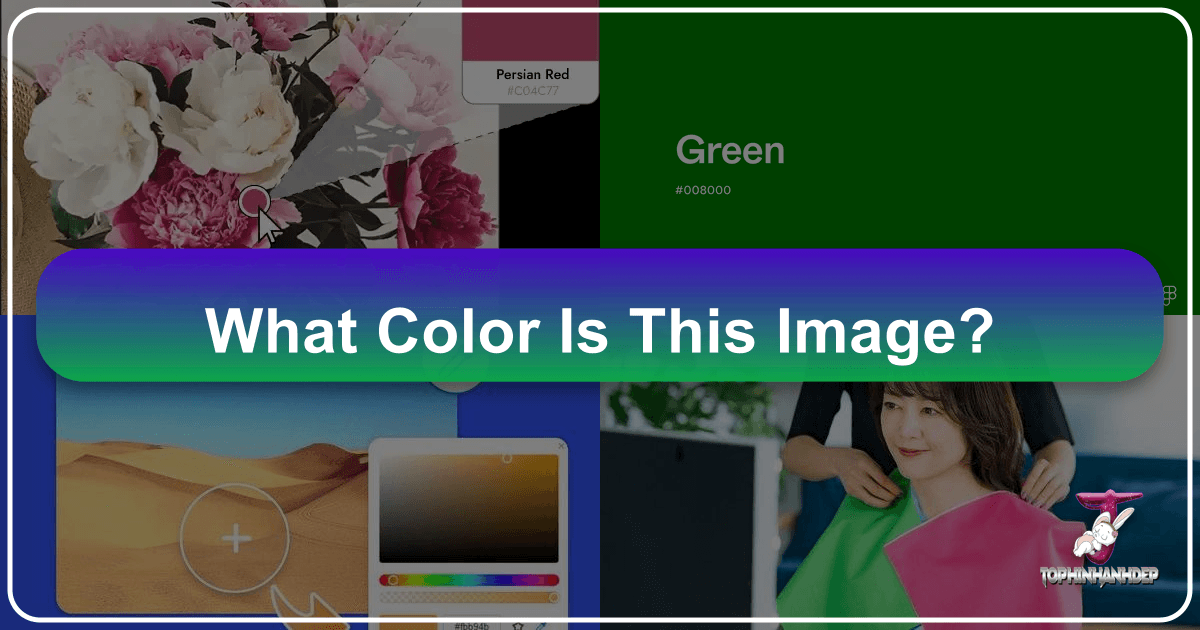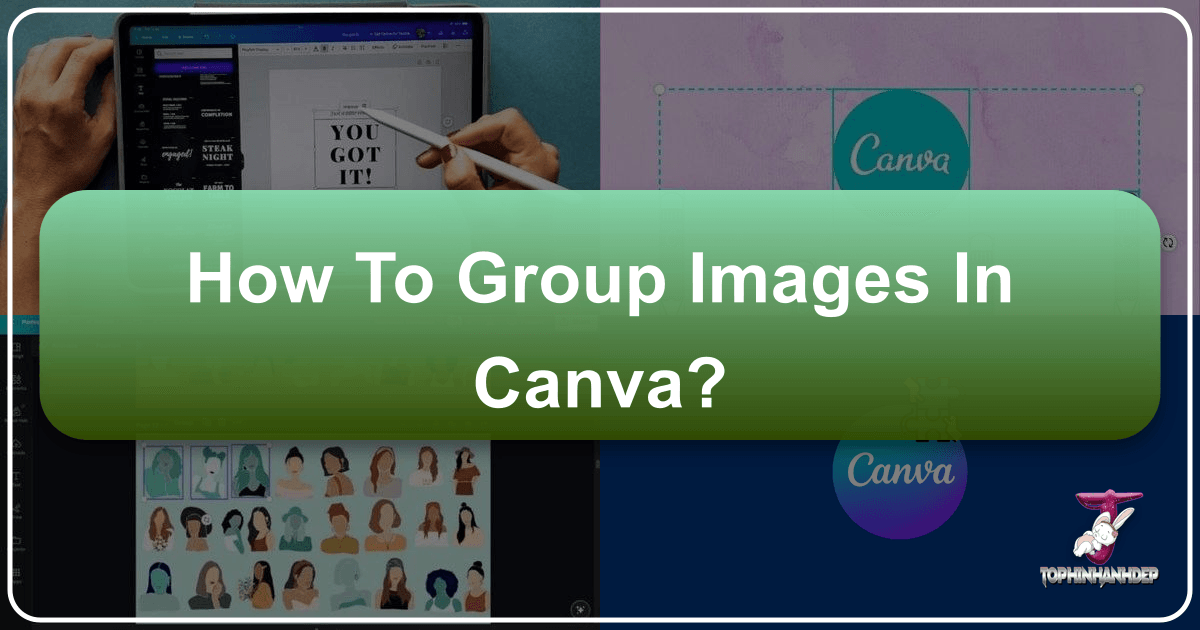Decoding the Palette: What Color Is This Image and Why It Matters for Visual Content on Tophinhanhdep.com
The seemingly simple question, “what color is this image?”, unravels a profound tapestry woven from physics, physiology, and psychology. For anyone working with visual content, from casual creators to professional graphic designers, understanding color is not merely an aesthetic choice; it’s a foundational principle that dictates perception, evokes emotion, and ultimately defines the impact of an image. On Tophinhanhdep.com, where users seek everything from stunning wallpapers and backgrounds to tools for image optimization and inspiration for digital art, a deep appreciation for color is paramount. This article delves into the multifaceted nature of color, exploring its scientific underpinnings, the intricacies of human perception, and its critical role in the creation, manipulation, and appreciation of digital imagery.





